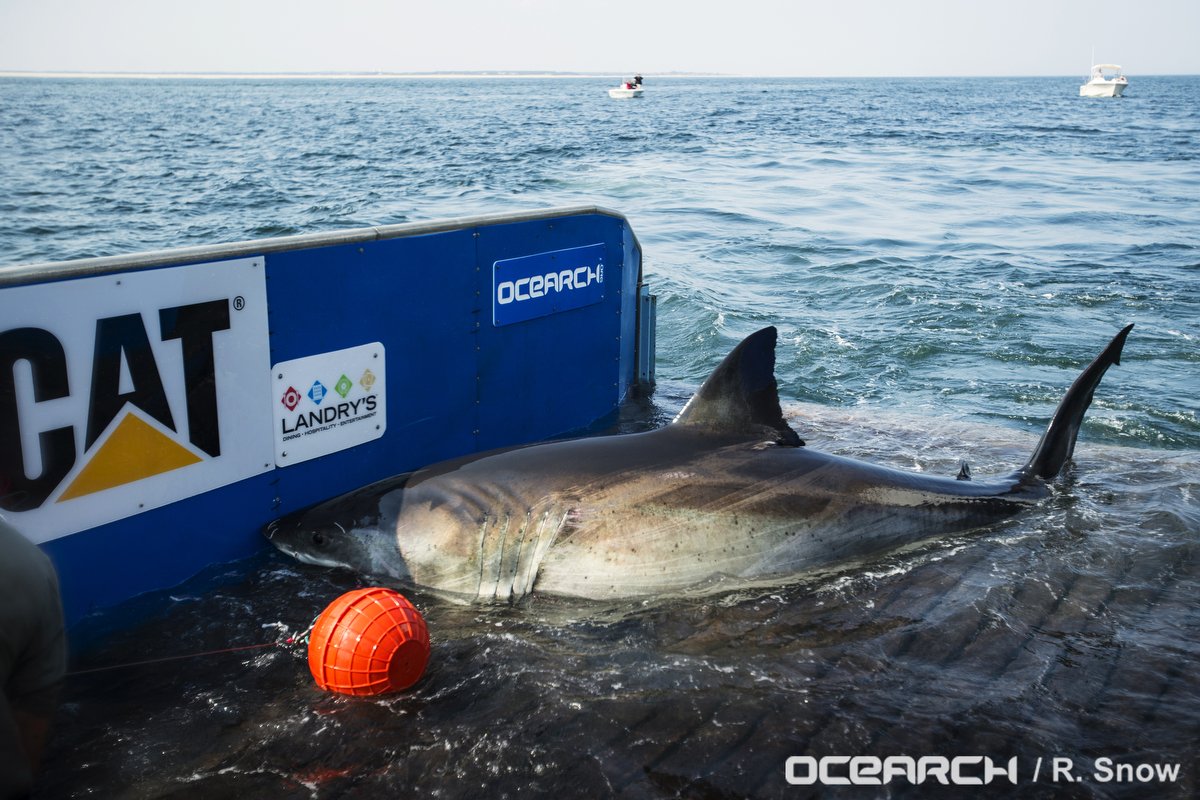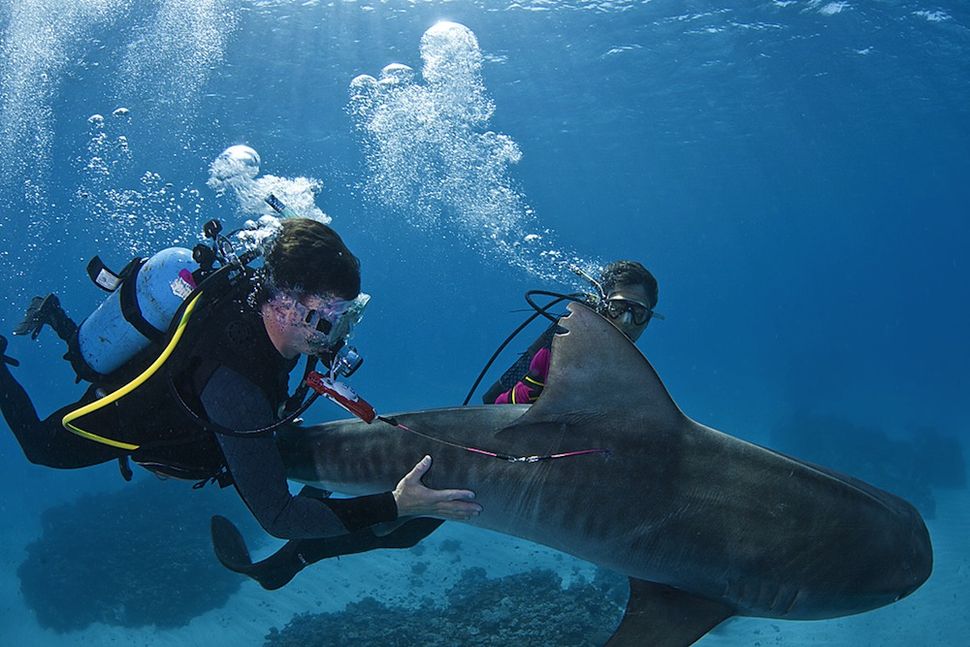
Hislop also believes there are many even bigger sharks out there in our oceans. This may be the biggest white shark ever caught. In the photograph above, we see a huge 21′ 8″ (6.6 meter) great white shark caught by the Australian shark hunter Vic Hislop in 1985 (still forced perspective is used). The great white shark caught by Vic Hislop in 1985 Abela are reasonable and could not be ruled out. The findings indicated that estimations by P.



Compagno-reviewed the cases of the KANGA and MALTA specimens in 1996 to resolve the dispute by conducting a comprehensive morphometric analysis of the remains of these sharks and re-examination of photographic evidence in an attempt to validate the original size estimations and their findings were consistent with them. However, photographic evidence suggested that these specimens were larger than the size estimations yielded through Randall’s methods. Randall to suggest that the MALTA specimen was 5.3-5.7 meters (17-19 feet) long. Fergusson also used shark size estimation methods proposed by J. Randall to suggest that the Kangaroo Island specimen was 5.8-6.4 meters (19-21 feet) long. It was estimated at at least 6.9 meters (23 feet) long.Īccording to Wikipedia, the shark size estimation methods proposed by J. On April 1, 1987, a huge great white was captured near Kangaroo Island in Australia. Still, it is considered as possibly the largest great white shark ever recorded. This length, however, is unconfirmed, and note that forced perspective is used in its only photo. The gross weight of this animal was 2500 kilograms (5,500 pounds) and the total length is claimed at 6.7 to 7.0 meters (~22 feet). On May 14, 1997, a huge great white shark was caught in a set-net off Hualien County, Taiwan. The great white shark caught off Hualien County, Taiwan, on : It was reportedly (unconfirmed) almost 7 m (23 ft) in length with a mass of 2,500 kg (5,500 lb) McCosker, authors of the book The Great White Shark (1991), have also largely discounted the claim of the Maltese fisherman. There’s been some dispute about the accuracy of these numbers, however, and experts have been arguing over it for years. Later, based on a set of its jaws, Spanish shark researchers Joan Barrull and Isabel Mate estimated that the Malta shark was between 6,68-6.81 meters (21.92-22.34 feet) in length. In 2001, again, Cutajar said that it was 7.01 meters (23 feet) in length. He said that he had accurately measured the shark twice, as it lay on the floor, at 23 feet 5 inches (7.14 meters). This time, Cutajar has claimed that the shark was 7.01 meters (23 feet) and Abela confirmed that. In the mid-90s, Cutajar and John Abela were interviewed for a documentary “Jaws in the Mediterranean“. On April 17, 1987, Alfredo Cutajar caught a big female great white off the coast of Filfla, Malta that was reportedly measured to be 7.23 meters (23.7 feet) long and weighed 2,880 kg (6,349 lbs). The great white shark specimen caught off Filfla, Malta on April 17, 1987. There is no clear winner, but there are a few candidates (and a lot of disputes, too): The Cuba Shark (1945) So, what is the largest great white shark ever recorded? Randall examined the shark’s jaws and “found that the Port Fairy shark was of the order of 5 m (17 ft) in length and suggested that a mistake had been made in the original record, in 1870, of the shark’s length”. The question of the Port Fairy shark was settled in the 1970s when J. The basking shark (Cetorhinus maximus) is the second-largest living fish, after the whale shark, and one of three plankton-eating sharks besides the whale shark and megamouth shark. This New Brunswick shark may have been a misidentified basking shark, as the two have similar body shapes. Some researchers question these measurements’ reliability, noting they were much larger than any other accurately reported sighting. For decades, many sources including the Guinness Book of World Records listed two great white sharks as the largest individuals: In the 1870s, a 10.9 m (36 ft) great white captured in southern Australian waters, near Port Fairy, and an 11.3 meters (37 ft) shark trapped in a herring weir in New Brunswick, Canada, in the 1930s. Historically, a number of very large great white shark specimens have been recorded.


 0 kommentar(er)
0 kommentar(er)
